With Contributions From Tirthankar Das (content + images)
More than 100 hours have passed since Cyclone Amphan hit Bengal. However, the response of the relief team has been extremely poor in the face of this situation.
The catastrophic cyclone claimed over 80 lives in the state and has led to an unimaginable amount of destruction.
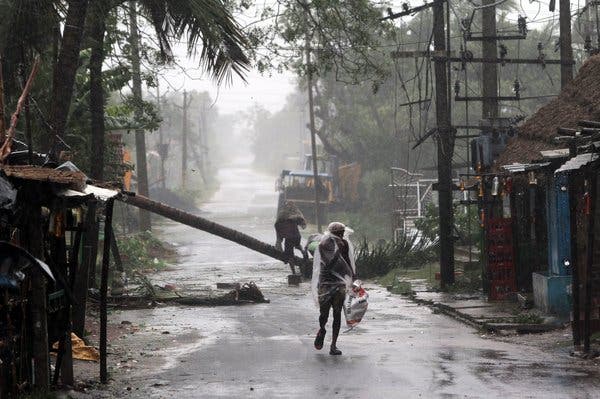
Blackouts and water shortages for over a week now have proved to be a major issue for the people here. A good part of the city is still drowned in darkness. People have been queuing up at water pumps to collect water for meeting their bare minimum needs.
So has the pandemic taken a back seat for them?

While they are aware of its spread and the maintenance of social-distancing to prevent it, they have bigger issues at hand to deal with.
The residents of these localities have been left with no other choice but to take some extreme steps even during the on-going pandemic. The majority of them have been deprived of the basic amenities required to survive since the cyclone.
The On-Going Menace
Trees had been uprooted all across the city resulting in roads getting blocked. People from various wards took to the streets, as the issues gradually evolved into unbearable conditions for them. They have been protesting against the inability of the Calcutta Electric Supply Corporation (CESC) and Kolkata Municipal Corporation (KMC) to take quick action in the face of this calamity.
These violent protests across the city have only intensified the chaos. South Kolkata has been facing the brunt of the situation – be it the cyclone or the protests that followed it.
The helpline numbers of CESC haven’t been working for the past few days as residents have been trying to contact them to register their complaints.
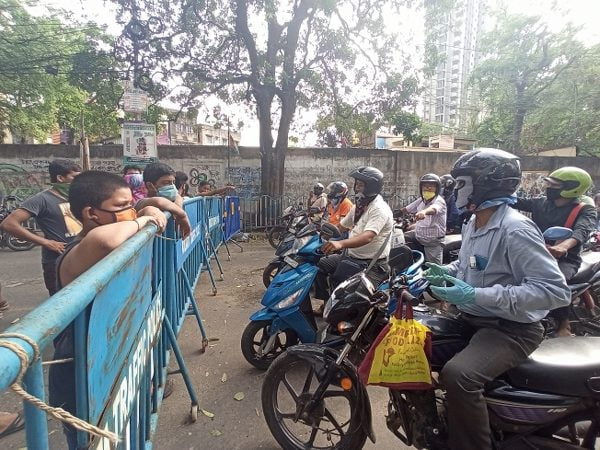
Moumita Bhattacharjee, a resident of the Pallisree area, shared her woes with us. “My mother is a heart patient. She needs BIPAP, which requires a source of power that has been missing for the last few days now. The elderly are suffering the most in this situation,” she said.
The absence of power for such long hours during the summers has affected children and senior citizens the most. While the city had already been struggling against the novel coronavirus for the past two months, the cyclone has added to the distress.
Moreover, many students have been forced to sit for online exams even during this hour of crisis. There have been innumerable complaints about the same. Students don’t have network connections to sit for their exams.
Also Read: Mark Zuckerberg Becomes The Third Richest Man Of The World After Adding Another $30 Billion To His Net Worth In Times Of Economic Fallout
Reaction Of The Authorities
While people have been busy expressing their discomforts and dissatisfaction with the CESC and the KMC, the respective authorities haven’t been spared from their share of problems.
Members of the CESC have reported against crowds in various localities. They accused mobs of charging at their employees while they were on their way to make repairs.
The officials at CESC and KMC have claimed to be working round the clock to restore normalcy as soon as possible.
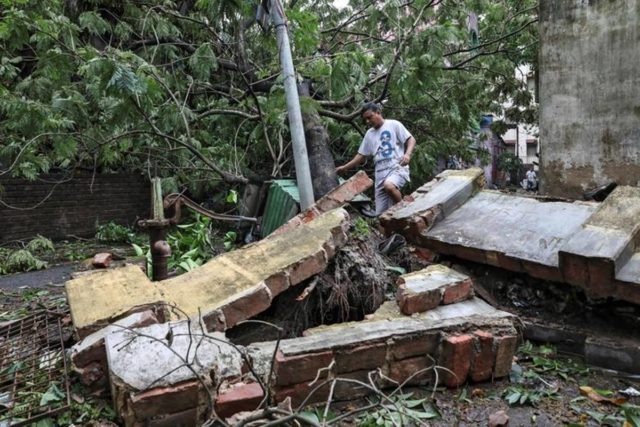
Their work has been further complicated due to the substantial amounts of wreckage caused by the uprooted trees. The Indian Army sent in its troops on the 23rd of May to help the civil administration of the city with the same.
Chief Minister Mamata Banerjee visited the CESC office herself to ensure the immediate restoration of services. In addition to this, the Orissa government has sent in its Disaster Management Team to West Bengal.
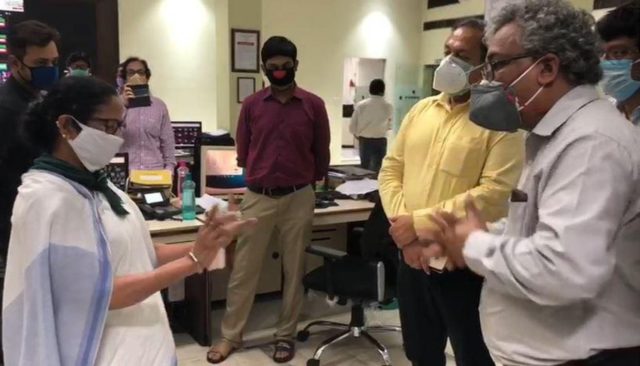
The Brewing Of Another Storm
While Amphan has wreaked havoc across Bengal, another storm seems to be looming large over the heads of the people here.
Amphan was declared to be one of the worst tropical cyclones that hit Bengal over decades. While the regional channels have been constantly updating the masses here regarding its after effects, the national media seemed to be lagging behind with their coverage of this calamity.
One of the first reports that were released right after the cyclone was by India Today. It narrated how the BCCI President Sourav Ganguly had to tackle an uprooted mango tree at his place due to the cyclone.

Posts regarding this major slack on the part of the national media went viral across social media.
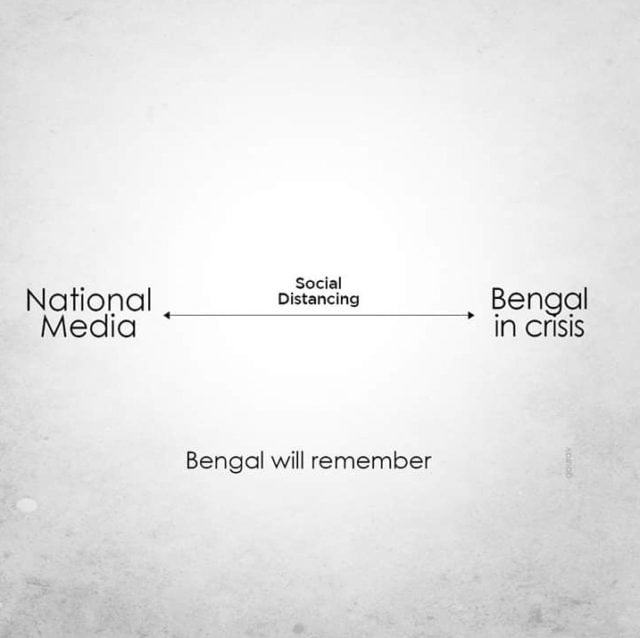
International media covered the cyclone and its devastating effects on Bengal much before the national media could.
It was only after Prime Minister Narendra Modi visited the state for an aerial view of the damage incurred, that the national media started covering the after-effects of the super-cyclone.
The protests that have been springing up in various parts of the city faced the same fate as most of the national news channels had initially looked through it, restricting the updates regarding the crisis to the regional news circuit.
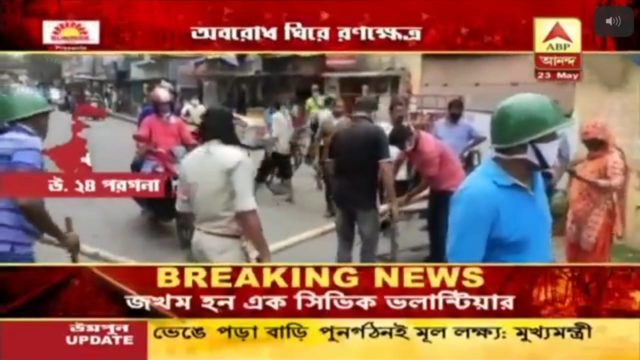
Amphan has left the people of Bengal in grave distress. Most of them have lost connections to their loved ones. The situation has raised panic and anxiety to great extents among the masses here.
The same has compelled their engagement in such drastic steps. The city continues to reel under the devastating effects of the tropical cyclone making us question the short-comings of the state-machinery.
If Kolkata being the capital city hasn’t been able to recover from the after-effects of this calamity yet, how does the administration plan on handling the situation in the rest of the state?
The only thing that people look forward to now is a solution to what seems like a never-ending nightmare!
Image Credits: Google Images
Sources: The Citizen, The Telegraph, India Today
Find The Blogger: @Sriya54171873































